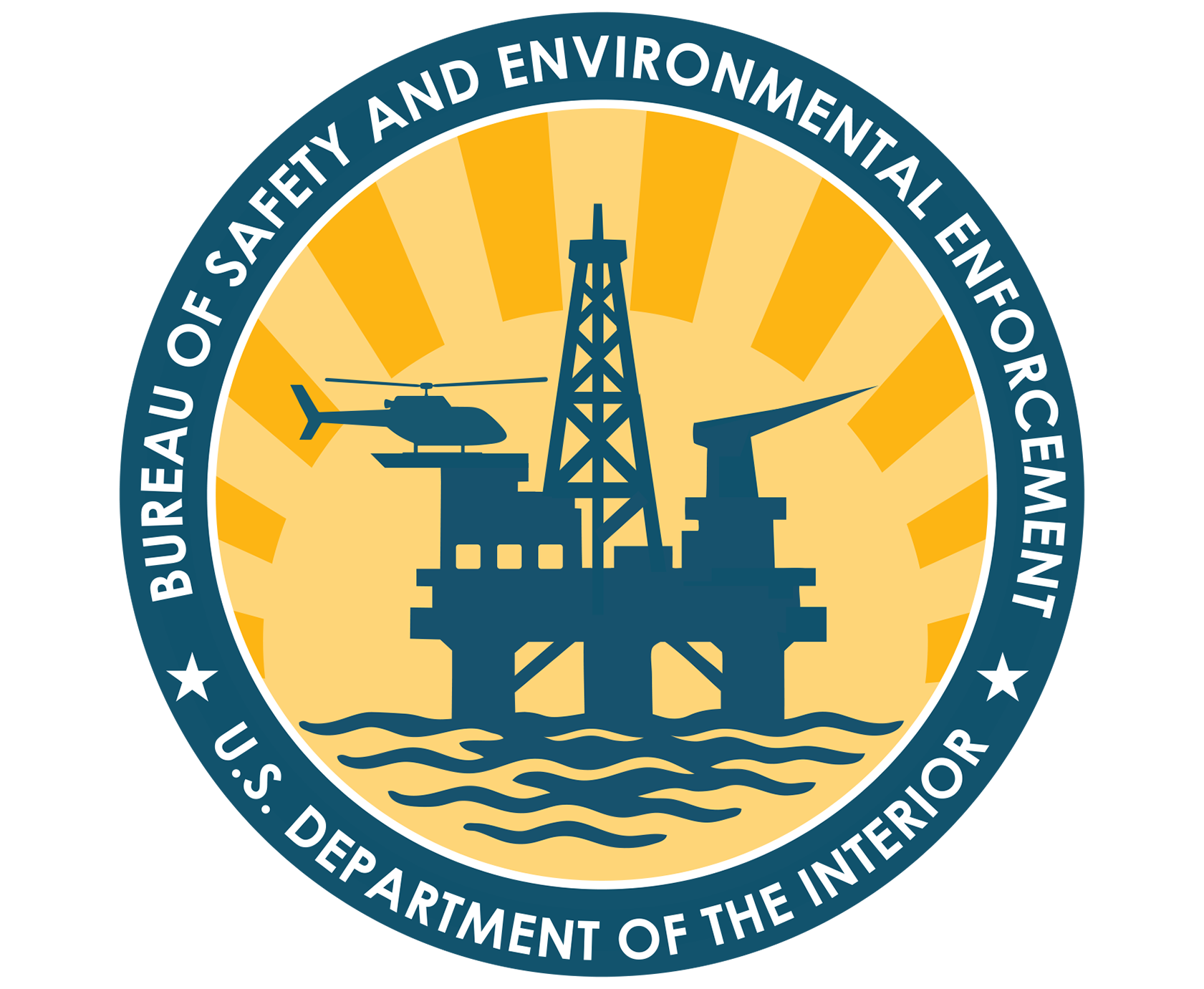Given the increased interest in leasing, exploration, and production activities in U.S. waters, improved methods are needed to reduce uncertainties. Furthermore, methods that can offer near-real time data are an added asset to emergency responders. Detecting and characterizing oil spills in Arctic environments is challenging due to the presence of saline ice. Methods based on ground-penetrating radars and acoustic sensors were used in the literature to detect oil in ice-covered waters; however, their implementation is costly, and their capabilities are limited in terms of oil-thickness estimation.
Under OSRR Project 1121, a coplanar capacitive sensor to detect and estimate the thickness and depth of oil under ice that had no significant impurities (air, minerals, soil, etc.). The sensor achieved good results in such scenarios but showed limitations with different ice types. The presence of impurities affects the measurement which affects the results obtained from the employed machine learning models that were only trained on pure ice. In addition to that, the total penetration depth of the sensor with the dimensions used was around 10 to 11 cm. In addition, the sensor planes were moved manually. Based on the findings from OSRR Project 1121, further optimizations to the sensor would be feasible to better detect oil and measure its thickness under ice condition.
This project’s objective is to assess and evaluate the capabilities and limitations of previously developed Electrical Capacitance Tomography (ECT) system to better detect oil and estimate oil slick thickness under ice. The ECT system shall be advanced to increase sensitivity and penetration depth as well as to automate the sensor movement and data acquisition.
This 30-month project will advance the ECT technology and push the technology from TRL 3 to TRL 5 or 6. Such a sensor not only would allow for non-invasive and non-destructive measurements but would also enable real-time measurements.
Date of Summary 06/10/2025
